Sacrilege or ultimate luxury? This classic Mercedes converted to electric divides opinion
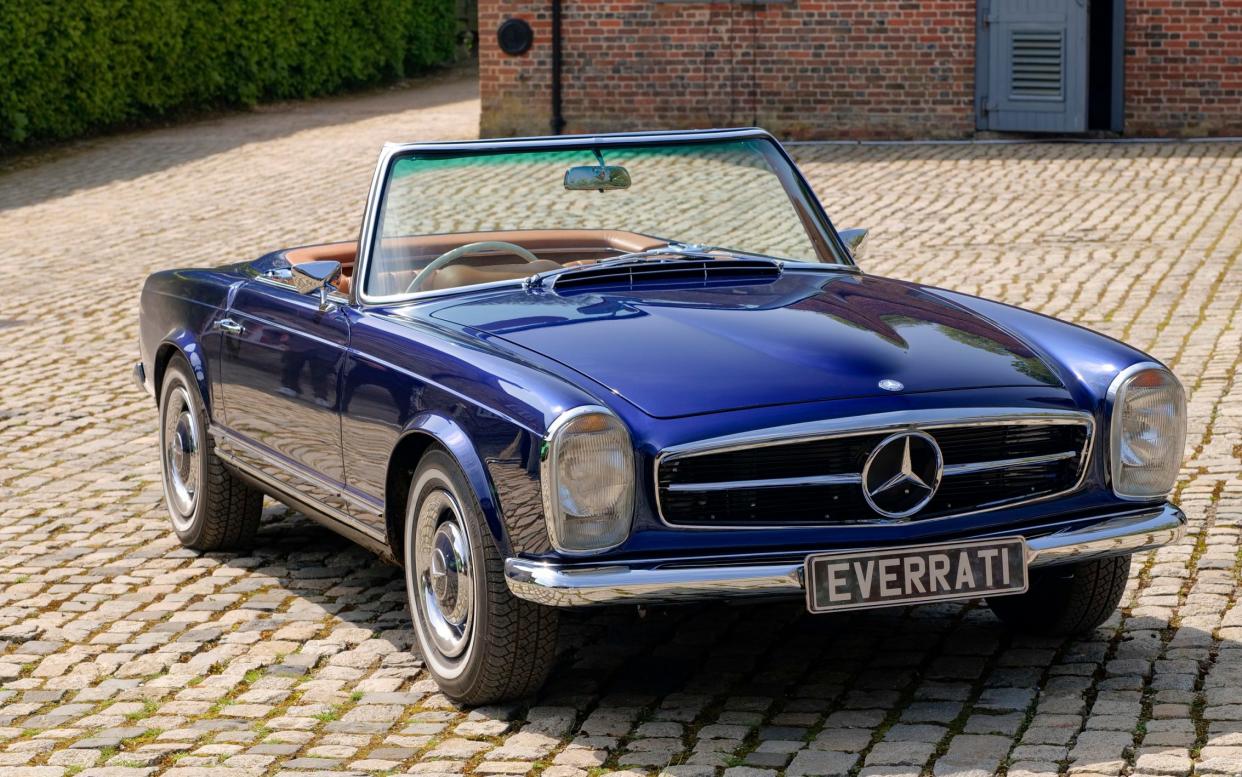
There is no carbon-fibre monocoque, anodised aluminium switchgear or ultra-light titanium wheel nuts. Luxury is limited to an old-school radio and, as this conversion is based on a classic 1960s Mercedes-Benz, don’t expect any seatbelts either.
In the exclusive world of battery-powered exotica, such as the Pininfarina Battista and Rimac Nevera, handcrafted carbon-fibre bodywork and extreme performance go some way to justifying the extraordinary price. So how can Oxfordshire-based Everrati charge almost £400,000 to convert a venerable classic to battery power?
Its founder and CEO Justin Lunny prefers to call it “redefining automotive icons” and thus far Everrati has converted about 20. That includes a £290,000 widebody Porsche 911, a Range Rover Classic at £230,000 and a Land Rover Series IIA costing £160,000 – all plus taxes and a rust-free donor car.
Admittedly, the electrified Land Rover looks a lot of fun. There’s a pimped 1971 example on display at Wormsley Park, 2,700 acres of the Chilterns owned by the Getty family, at a driving event for this car, Everrati’s “new’ SL Pagoda.
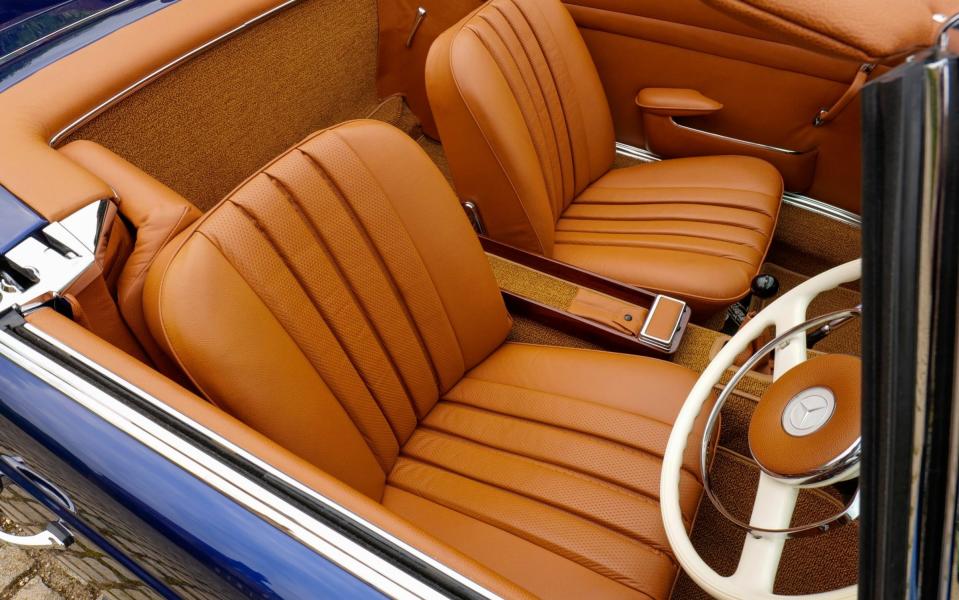
“The next generation will not be driving combustion-engined cars,” says Lunny. “The younger generations already understand that electric is the future. So, when I turn up at the school gates in an electric 911 to collect my daughter, she thinks I’m a pretty cool dad.“We already have a couple of wealthy clients who want to electrify classic cars for when their teenage kids grow up. One is in a very senior banking role in the US. He’s building a long-wheelbase Land Rover to use at the family’s beach home.”
Lunny says the upcycling of old cars makes an electrified classic one of the most sustainable vehicles on the road. The battery technology is also fully recyclable and, heaven forbid, the car can even be de-retrofitted with its original combustion engine.
Sixty-one years ago, the Mercedes roadster with the internal designation W113 was the first mass-produced SL with a six-cylinder engine. The 230 SL donor car for this Everrati project dates back to the late 1960s. With 148hp, it was quite punchy for the era.
Everrati offers two electric powertrains – the standard 54.4kWh battery provides a range of up to 160 miles and 0-60mph acceleration in less than eight seconds. A Touring version features a larger 68kWh battery and extends the range by more than 40 miles. Both have the same 300bhp electric motor, a limited-slip differential and regenerative braking, which allows for “one-pedal” driving as you harvest braking energy into volts.
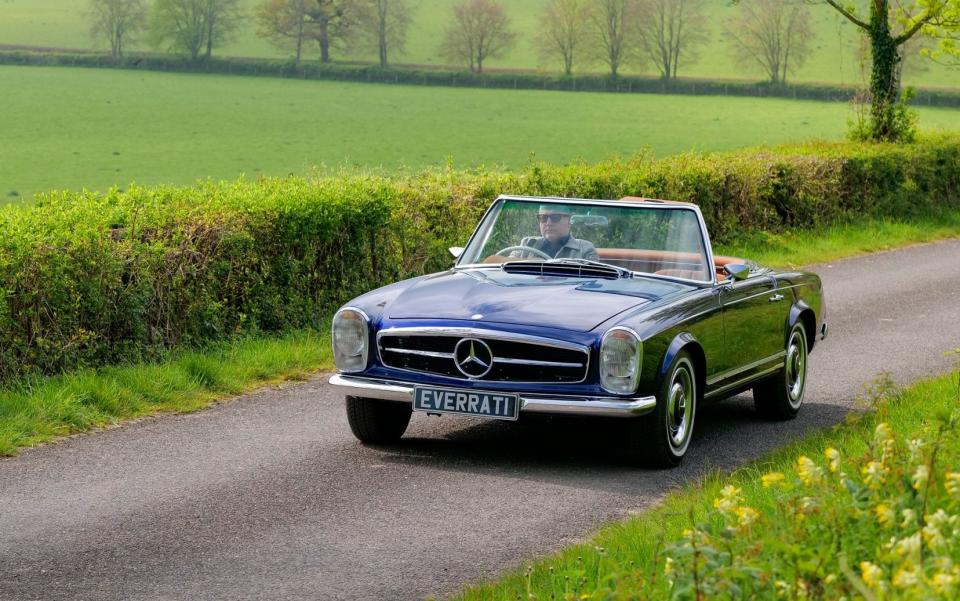
A battery is fitted under the bonnet where the six-cylinder lump once sat, while at the rear there are batteries above and below the boot floor, optimising space and weight distribution. An electric motor within the redundant transmission tunnel drives the rear axle.
A charging port hides behind the car’s regular fuel filler cap to charge the 54kWh batteries, meaning that the only noticeable difference to a petrol-powered SL is a discreet Everrati moniker cut in elegant chrome across the boot lid.
The conversion is so slick it could have rolled off the production line in Stuttgart more than 50 years ago – minus an exhaust pipe. There’s little else to suggest the car has zero emission credentials, apart from a reworked dashboard that displays battery capacity instead of the fuel level.
Everrati has used computer-aided design (CAD) to try and keep weight distribution as close as possible to that of the combustion car. However, the SL was always more of a grand tourer than a performance machine so, on the road, the electrified version wafts and wallows through the Buckinghamshire countryside as per the original.
What’s most noticeable is that the eerie silence of an open-top electric vehicle only serves to amplify the minor squeaks and rattles you’d expect in a classic of this age. The Everrati still has its original radio for some background noise, while a Bluetooth, high-end audio system is available at extra cost.
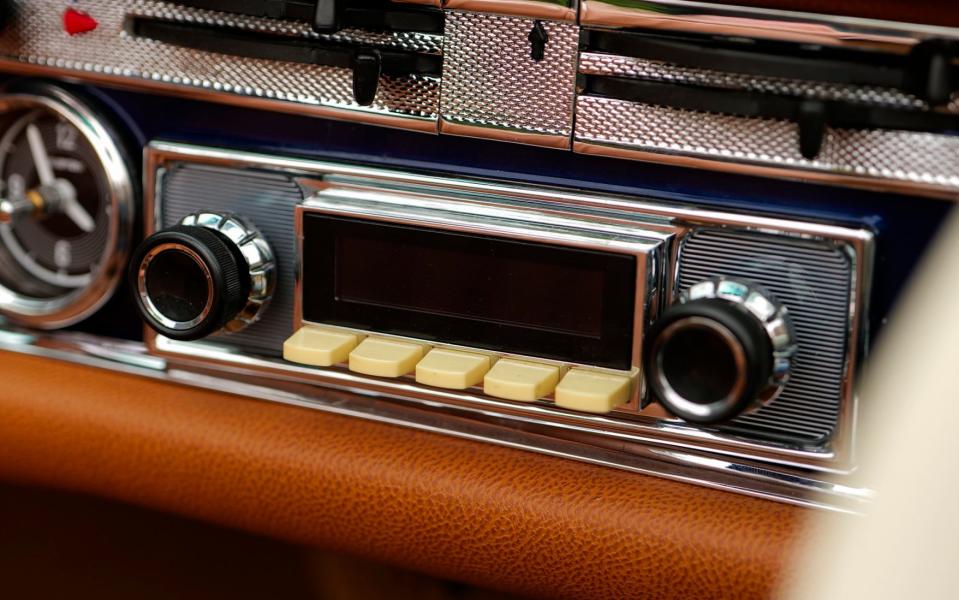
Elsewhere inside, the gear lever only moves fore and aft to select drive and reverse. The rest of the classic Mercedes trim can be upgraded with a myriad of options, including Bridge of Weir leather, as used by McLaren and Aston Martin.
Accompanied by a company technician, I wasn’t encouraged to take the car beyond 40mph for “safety reasons” but having recently driven the sublime battery-powered Rolls-Royce Spectre, I can’t say this restored and re-powered classic was a more memorable drive. Besides, I could buy a Rolls-Royce and a highly restored SL with an engine for the same money as this conversion.
Lunny says that isn’t the point. He has just returned from meeting a client in Dubai who hopes to convert a Lamborghini LM002 to electric. That’s the so-called Rambo Lambo, once fitted with a 7.2-litre V12 engine that managed around 5.2mpg – the very antithesis of zero-emission motoring.
He says the reason people are willing to pay more than a £332,000 Rolls-Royce Spectre to future-proof a classic like the Pagoda is obvious. “It may sound vulgar but in the Middle East anybody can buy a Spectre – they are almost two a penny out there.
“People want a car they will be noticed in, one that screams personality and has genuine eco credentials. Let’s be honest, it’s often all about oneupmanship and the Pagoda is pure class. What could be better? It ticks every box.”
However, not everyone is so sure. Michael Lavers, who runs classic Mercedes specialist Silver Arrows Automobiles in Kent, said removing the engine from an old SL would be sacrilege. “If anybody asked me to sell them a Pagoda as a donor car I would give them pretty short shrift. This is a special vehicle that offers an authentic driving experience and shouldn’t be messed with.
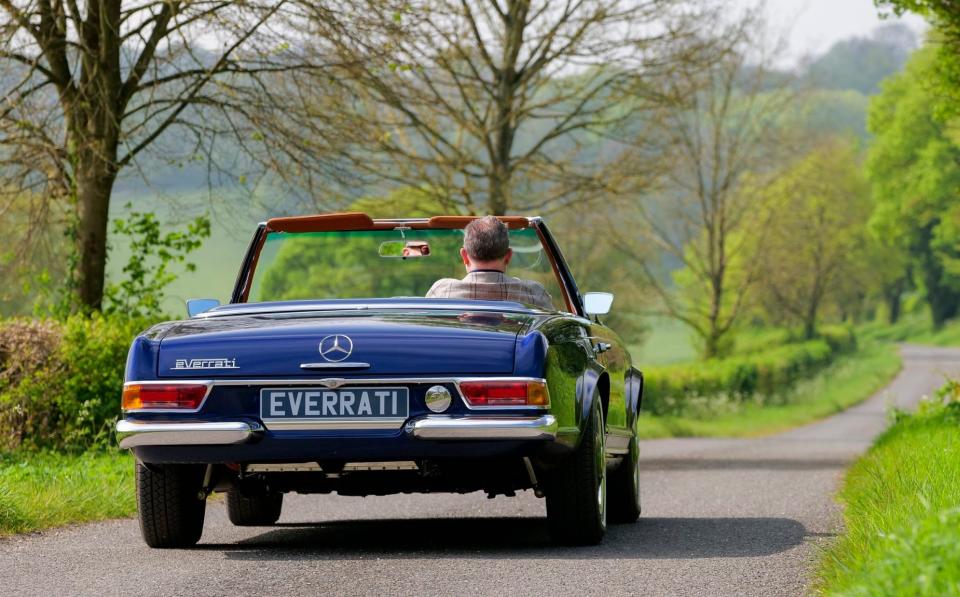
The early SLs were some of the finest engineered cars of the era – why on earth would anybody want to try and improve on that just to follow a trend?”
Clive Henderson, chairman of the Mercedes-Benz Club, formed in 1952, added: “I don’t know a single member that would consider this – quite apart from the considerable costs involved.”

